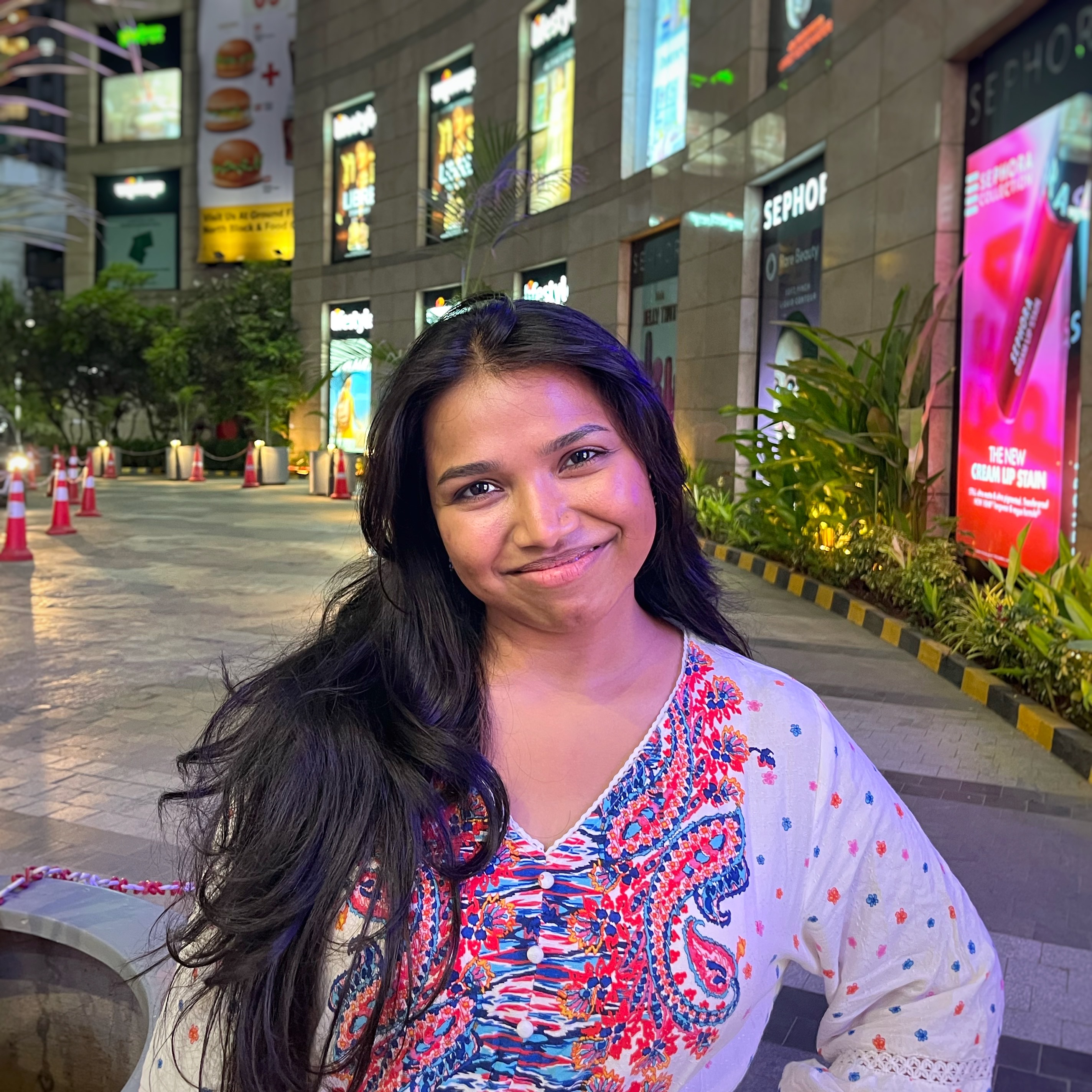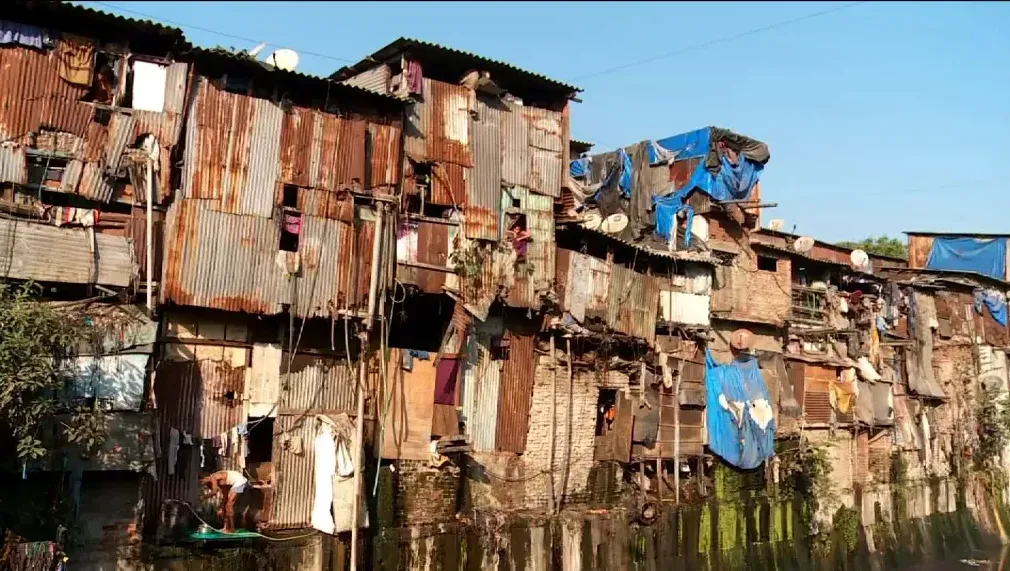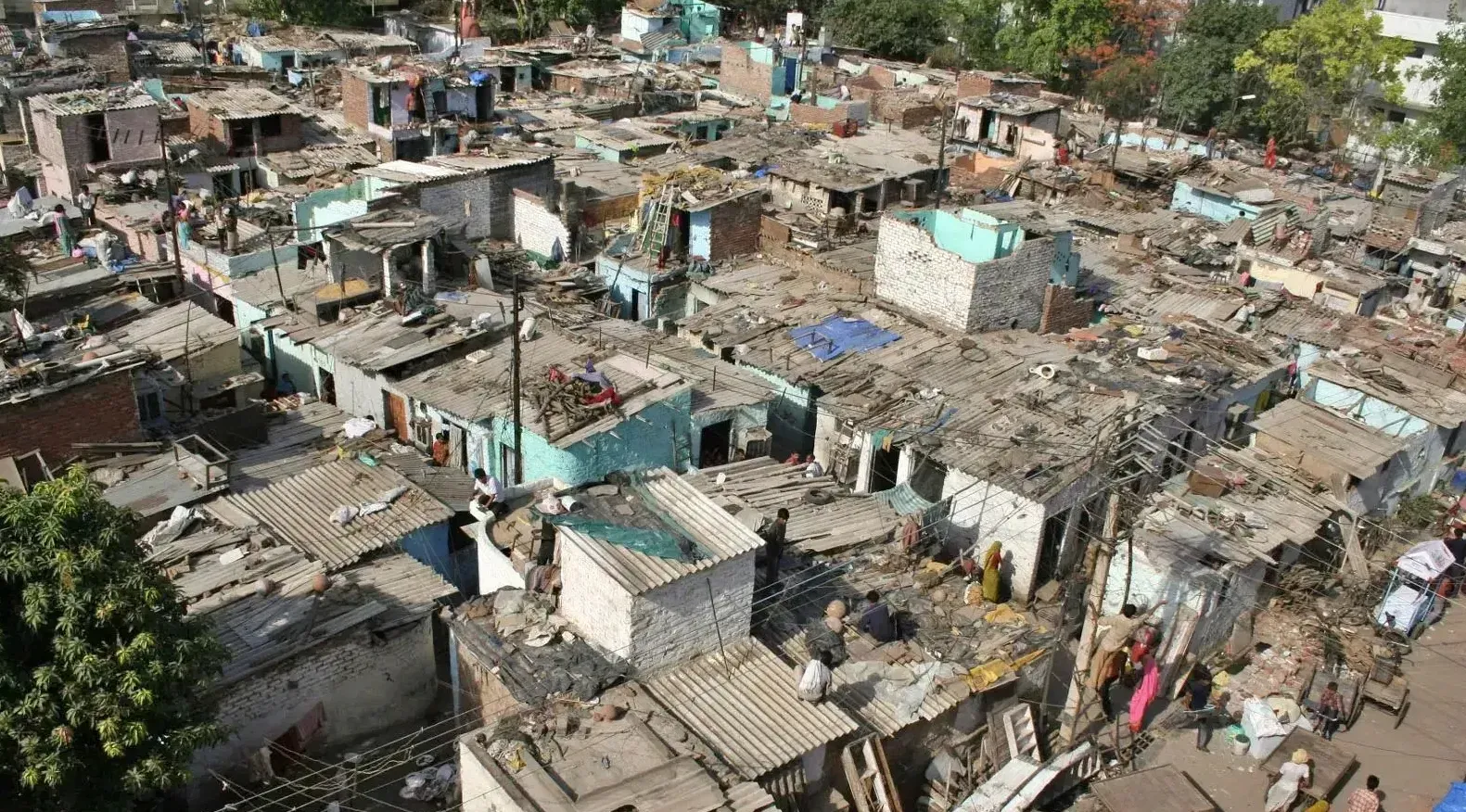Slum Redevelopment Mumbai 2025 Policy Guide

By
Shrusti Naik
Posted on November 24, 2025. 10 mins

Introduction

In Mumbai, slum redevelopment has long been a pressing yet challenging urban initiative. The city’s high land costs, dense informal settlements and legacy legal frameworks have slowed progress. As of late 2025, the Mumbai Metropolitan Region Slum Rehabilitation Authority (MMR-SRA) has introduced a major policy shift – the new “Cluster Redevelopment” approach – designed to accelerate the transformation of large slum tracts and dilapidated buildings. This article provides an authoritative, India-first explanation of the policy, its mechanisms, key stats, stakeholder implications, risks and actionable insights. By building experience, expertise, authoritativeness and trustworthiness (E-E-A-T), this guide aims to assist retail investors, professionals and consumers in understanding what this means on the ground in Mumbai.
The Policy Framework at a Glance
Legal basis & new shift
- The redevelopment of slum areas in Maharashtra is governed by the Maharashtra Slum Areas (Improvement, Clearance & Redevelopment) Act, 1971. Under Section 38 and other relevant provisions, the SRA (or now MMR-SRA) can sanction rehabilitation schemes. ([The Times of India][1])
- The new key policy instrument is the Slum Cluster Redevelopment Scheme (SCRS), released via Government Resolution (GR) in November 2025. It targets contiguous land clusters of at least 50 acres, with over 51% slum area for redevelopment. ([Drishti IAS][2])
- Notably, for these large clusters the requirement of individual slum-dweller consent has been removed. ([Hindustan Times][3])
Objectives & scale
- The policy aims to deliver 5 lakh rehabilitation tenements by 2030, building on about 3 lakh units completed since 1995. ([The Times of India][1])
- It also forms part of the broader Maharashtra State Housing Policy 2025, which expects ₹70,000 crore in investment and revival of stalled projects. ([Rustomjee][4])
Also read, Stamp Duty and Registration on a 4 BHK Purchase in Mumbai
Key Features of the 2025 Slum Redevelopment Policy
| Feature | Details | Implication for Projects |
|---|---|---|
| Minimum cluster size | 50 acres and ≥51% of area must be slums (or dilapidated buildings) ([The Times of India][1]) | Only large-scale pockets qualify; small pockets remain under older regime. |
| Consent requirement removed | Individual slum-dweller consent not needed for clusters under SCRS ([Aurum PropTech][5]) | Speeds up projects, but raises questions on resident rights. |
| Land-ownership/occupancy barrier removed | Projects can include slums, unsafe buildings, government land, etc. ([Drishti IAS][2]) | More land becomes eligible; simplifies identification. |
| Implementation route | JV with government agencies, or private tender or if developer owns ≥ 40% land preferred ([The Times of India][1]) | Opens PPP opportunities; developer-led option as preference. |
| Legal reforms | Amendment to Act empowering SRA to attach assets if transit rent unpaid, dissent window shortened from 120 → 60 days ([The Times of India][6]) | Strengthens enforcement, faster dissent resolution. |
Incentives & structural enablers
- The Housing Policy 2025 encourages state-land banks, relaxes norms for rental housing, and promotes redevelopment of old structures. ([S3WaaS][7])
- Major budget allocation: ₹70,000 crore expected for housing and redevelopment tasks in Maharashtra. ([Rustomjee][4])
What This Means for Stakeholders
For slum communities
Pros:
- Freed from long delays, projects may deliver better housing faster.
- Inclusion of unsafe buildings means relocation from hazardous zones.
Cons / Risks:
- Removal of individual consent raises concerns of displacement or inadequate consultation. (See the case of Dharavi, where community fears persist) ([The Guardian][8])
- Up-front eligibility criteria may exclude some residents or complicate rights.
For developers & investors
Opportunities:
- Large-scale clusters create viable business models with sale-component cross-subsidy.
- Reduced transaction friction and eligibility widen land-pool for PPP.
Challenges:
- Financial-feasibility in rehab component: higher built-up cost of rehabilitation units still a burden.
- Need to manage social/community components, ensure transparency and mitigate reputational risk.
For city-planners & government
- The policy helps address Mumbai’s acute housing shortage and fragmented slum pockets in an integrated way.
- But success hinges on strong governance, transparent land audits and monitoring of rehabilitation delivery.
Also read, 2BHK in Mumbai: Best Localities for Price & Lifestyle 2025
Key Stats Box
- 5 lakh rehabilitation tenements targeted by 2030. ([The Times of India][1])
- Minimum 50 acre eligibility threshold for cluster projects. ([Hindustan Times][3])
- Removal of individual consent clause for clusters. ([Aurum PropTech][5])
- ₹70,000 crore investment expected under Housing Policy 2025. ([Rustomjee][4])
Practical Considerations & Risk Checklist
When assessing investment or project involvement under the new policy, consider:
- Cluster identification: Is the land-parcel eligible (≥50 acres, slum share etc)?
- Rehabilitation ratio & rights of dwellers: What are the rehab-unit standards, floor area, interim transit arrangements?
- Sale component modelling: How is the sale of freed land or FSI utilised to cross-subsidise rehab units?
- Legal & approval path: Ensure Section 38 or other statutory approval is adhered to; check that land-titles, encumbrances, clearances are in order.
- Community & social compliance: Even when consent is not required, ethical and reputational factors matter—community backlash can stall projects.
- Timeline & financing: Though policy aims to accelerate, developer capacity and site conditions will influence speed.
- Resettlement location & amenities: Where are rehab units located relative to original settlement? Infrastructure, connectivity, environment matter.
Case Study Snapshot
The Ghatkopar East “Mata Ramabai Ambedkar Nagar & “Kamraj Nagar” slum rehabilitation scheme (approx 33.3 ha) approved in 2023/24 under SRA/MMRDA JV shows how the mode works on ground. ([MMRDA][9])
Though not yet under the cluster-scheme threshold, it exemplifies state-agency joint implementation and gives a template for larger cluster projects to follow.
Also read 3BHK vs 2BHK in Mumbai: Which Appreciates More Long Term?
Conclusion

Mumbai’s new slum-cluster redevelopment policy of 2025 marks a structural shift: large-scale land-pooling, reduced consent friction, and stronger institutional mechanics. For slum-dwellers it offers opportunity, if executed with care. For developers and investors it opens viable scale-models—but demands robust social and governance frameworks. For urban policy-makers it signals a move from incremental slum rehabilitation to integrated urban transformation. However, the true test will be in delivery, equity of outcomes, and the safeguarding of vulnerable communities. Anyone engaging with this space, whether as buyer, investor or social stakeholder, must assess not just land and construction, but rights, governance and future resilience.
Frequently Asked Questions
1. What is the difference between a regular SRA slum redevelopment scheme and the new cluster-schemes? Cluster-schemes (SCRS) apply to contiguous land parcels of 50 acres+ and allow inclusion of slums, dilapidated buildings, government land, without requiring individual slum-dweller consent. Regular SRA schemes remain consent-based. ([Hindustan Times][3])
2. Does the removal of individual consent mean slum dwellers have no rights? No. The policy removes the mandatory consent clause for large clusters to expedite projects, but rehabilitation rights and legal protections under the 1971 Act still apply. Due process must be followed.
3. Can I as a developer acquire land under this policy easily? Acquisition remains complex: you must meet eligibility criteria, partner with SRA/MMR-SRA, ensure rehab units, navigate approvals. Scale (≥50 acres) is also required, limiting small-plot deals.
4. How will slum dwellers be rehabilitated under this scheme? The policy foresees free rehab units for eligible dwellers, transit accommodations during construction, and integration of safer infrastructure and amenities. Delivery timelines remain critical.
5. What are the risks for slum-dwellers and the city? For dwellers: risk of inadequate transit housing, relocation to less-desirable sites, losing informal livelihoods. For the city: risk of gentrification, loss of community fabric and delayed execution. Case in point: Dharavi redevelopment concerns about displacing artisans. ([The Guardian][8])
References
- “Guidelines for The Implementation of Slum Rehabilitation Schemes,” MMR SRA, Nov 2025. ([srammr.maharashtra.gov.in][10])
- “Slum Cluster Redevelopment Scheme (SCRS), Maharashtra,” Drishti IAS, Nov 15 2025. ([Drishti IAS][2])
- “Maharashtra government’s new slum cluster redevelopment policy: 5 key things to know,” Hindustan Times, Nov 18 2025. ([Hindustan Times][3])
- “Slum rehabilitation scheme, Maharashtra (PPP World Bank),” World Bank PPP Database. ([PPP World Bank][11])
- “Maharashtra Housing Policy 2025 – Key Highlights,” Rustomjee blog, Jul 2025. ([Rustomjee][4])
- “Maharashtra legislative assembly clears amendment to Slum Areas Act,” Times of India, Jul 10 2025. ([The Times of India][6])
- “State declares policy to expedite slum cluster redevelopment in Mumbai,” Times of India, Nov 13 2025. ([The Times of India][1])